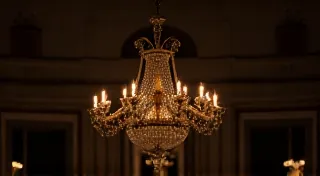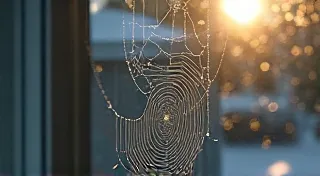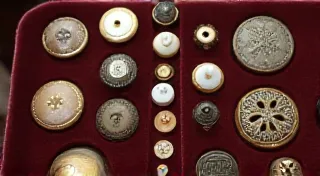The Paper’s Testimony: Revealing Social Commentary Through Song Lyrics
There's a certain magic to holding a piece of vintage sheet music. The aged paper, often brittle and foxed with time, whispers of a past era. It's not just the promise of a melody; it's a portal to a moment in history. For years, I've been drawn to these silent witnesses, not just for their musical content, but for the stories etched within their lyrics – a poignant reflection of the societies that birthed them. My collecting journey began with a dusty accordion found at a flea market. It was beautiful, a marvel of German craftsmanship, and the old man selling it explained he’s been playing it since he was a boy. He gave me a small stack of accompanying sheet music, yellowed and fragile. That's when I started to understand that these weren't just songs; they were cultural snapshots.
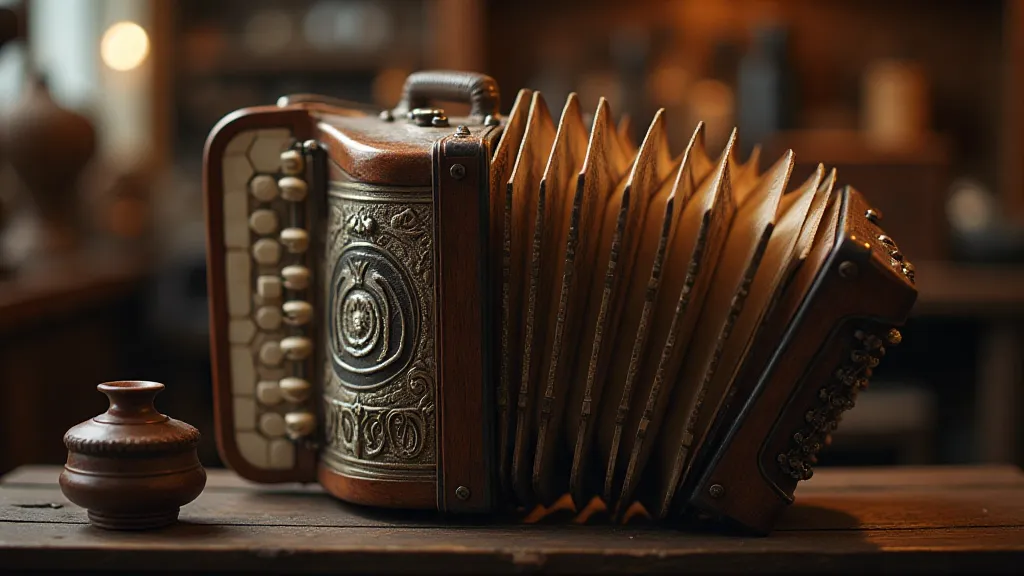
The Echoes of War and Resilience
The early 20th century, especially the World War I era, provides a particularly rich vein for analysis. Consider “Over There,” penned by George M. Cohan in 1917. On the surface, it’s a patriotic rallying cry, urging American boys to join the fight in Europe. But delve deeper, and you see the desperation, the propaganda inherent in encouraging young men to face unimaginable horrors. The lyrics are simplistic, designed for maximum impact and accessibility, intended to unify a nation hesitant to enter the conflict. Sheet music from this period often featured illustrations of soldiers marching off to war, glorifying the sacrifices made, often with a layer of optimistic idealism that clashed starkly with the brutal reality on the front lines. Looking at the advertising on the back, selling war bonds and promoting enlistment, paints a complete picture of the time.
Post-war, the mood shifted. While patriotism remained, a pervasive sense of disillusionment crept into popular music. Songs like “I Didn’t Ask You to Love Me” (1921), though appearing romantic at first glance, carried a subtle undertone of regret and the lingering scars of separation caused by the war. The sheet music often reflected the prevailing aesthetic – art deco designs replacing the more traditional, ornate styles of the pre-war era, signaling a societal desire for modernity and a break from the past.
The Rise of the "New Woman" and Shifting Gender Roles
The Roaring Twenties ushered in a period of profound social change, and vintage sheet music provides remarkable evidence of this transformation. The “New Woman” – independent, assertive, and challenging traditional gender roles – found a voice in popular song. Songs like “Ain't We Got Fun” (1922) celebrated a sense of carefree rebellion and a rejection of Victorian propriety. The sheet music covers increasingly featured women portrayed as glamorous and confident, often depicted dancing the Charleston or driving fast cars – symbols of liberation and newfound freedom. These weren't just songs; they were anthems for a generation redefining what it meant to be a woman.
Look at the difference in lyrical content. Pre-1920s sheet music often portrayed women as demure, passive, and dependent on men. The lyrics of "Bill Bailey, Won't You Please Come Home?" (1918), while seemingly simple, reinforce traditional marital roles. By the mid-to-late 1920s, however, the lyrics grew bolder, exploring themes of female empowerment and romantic independence. The subtle shift is undeniable, and it's beautifully documented in the songs themselves.
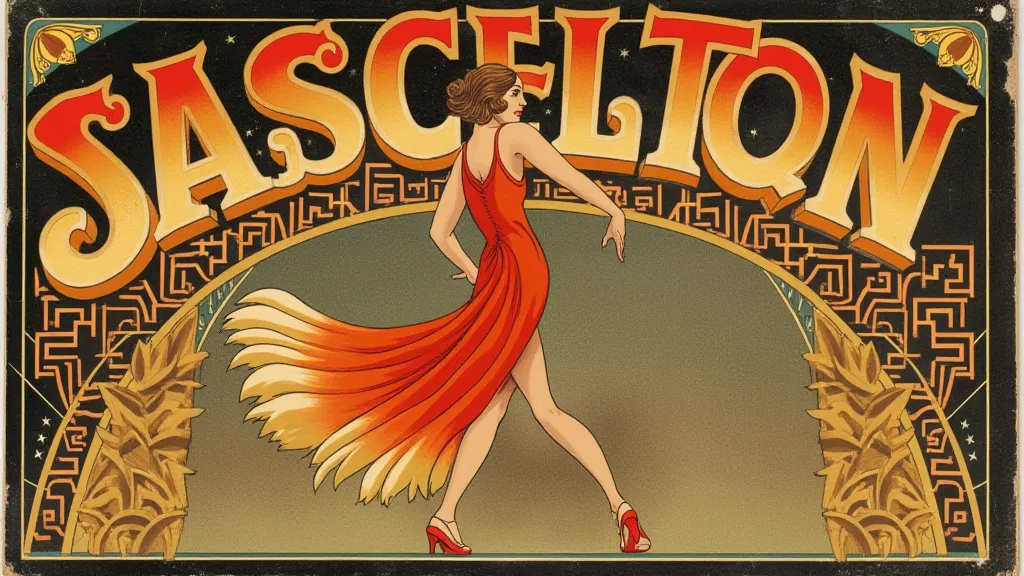
The Great Depression and Songs of Hope and Resilience
The onset of the Great Depression brought a wave of hardship and despair, and the music of the era reflected this somber mood. Songs like “Brother, Can You Spare a Dime?” (1931) became poignant ballads of lost hope and economic struggle. The lyrics captured the desperation of unemployment and the disintegration of the American Dream. Sheet music covers from this period often featured imagery of downtrodden figures, a stark contrast to the glamorous depictions of the Roaring Twenties.
However, amidst the gloom, there was also a powerful undercurrent of resilience and hope. Songs like “We’re in the Money” (1933) offered a satirical commentary on the era, providing a much-needed dose of levity and reminding people that even in the darkest of times, laughter and hope could prevail. The visual style on the sheet music also shifted, often incorporating more realistic portrayals of everyday life, a reflection of the prevailing socio-economic climate.
Beyond the Lyrics: Examining the Visuals and Advertising
It’s crucial to remember that vintage sheet music isn't just about the lyrics. The illustrations, the cover art, the advertising on the back – all contribute to the overall cultural narrative. Advertisements for products ranging from automobiles to household appliances offer a window into the consumer culture of the time. The illustrations often reinforced societal norms and aspirations, shaping perceptions and influencing desires. Examining these visual elements in conjunction with the lyrics provides a more complete understanding of the song’s cultural context.
Furthermore, the paper itself tells a story. The quality of the paper, the printing techniques used, and even the presence of watermarks can offer clues about the sheet music’s origin and production date. A particularly fragile piece might have endured multiple hands, adding to its story.
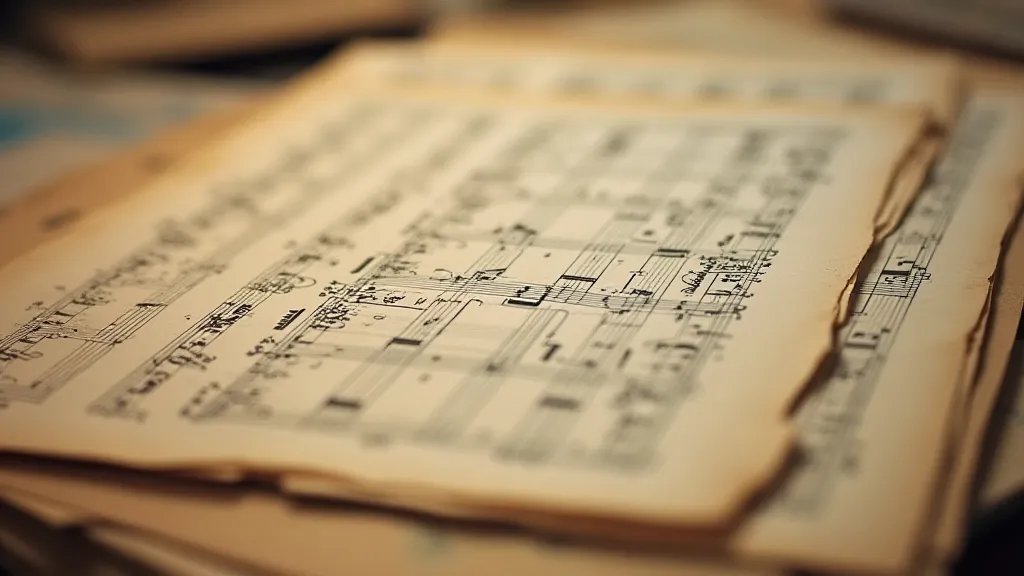
Restoration and Preservation – A Respect for History
Collecting vintage sheet music isn't just about acquiring artifacts; it's about preserving history. Many pieces are incredibly fragile and require careful handling and storage. While restoration can be tempting, it’s essential to prioritize preservation over perfection. Minor repairs and acid-free storage are preferable to aggressive restoration attempts that could damage the original material. Treat each piece with reverence, recognizing that it’s a tangible link to the past, a silent witness to a bygone era.
My accordion, found alongside those initial sheets of music, sits proudly on my music stand now. Its tones seem richer, somehow, knowing they were once played alongside songs echoing the joys and sorrows of generations. The paper’s testimony continues, each note a reminder of the power of music to reflect, shape, and endure.


